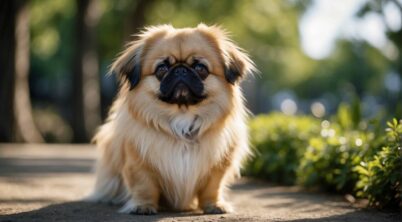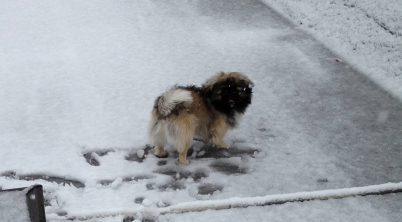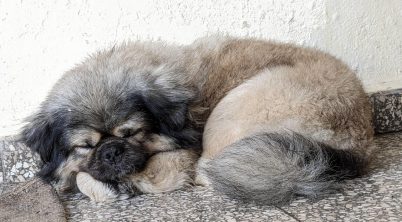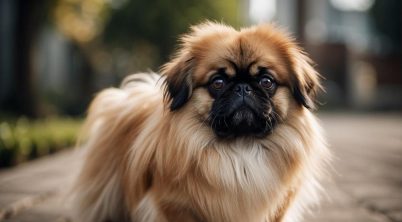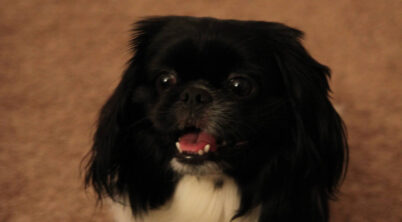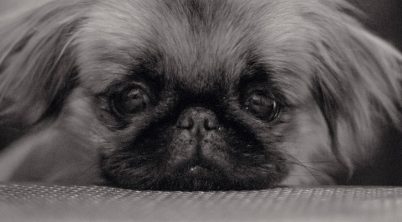The Pekingese breed is known for its distinctive appearance, with a flat, short nose, earning them the classification of brachycephalic dogs. This unique facial structure, while appealing, often results in various health complications, primarily related to their breathing ability.
One common issue faced by Pekingese dogs is Brachycephalic Airway Obstruction Syndrome (BAOS), which causes chronic discomfort and hinders their ability to engage in normal exercise. This syndrome can affect all dog breeds with brachycephalic features, leading to other health concerns such as snoring, rapid breathing, and excessive panting.
Breathing Issues and Brachycephalic Syndrome
Brachycephalic Airway Syndrome is a common issue for Pekingese dogs due to their short, flat faces, which cause breathing problems.
Stenotic Nares
Stenotic nares are abnormally narrow or small nostrils. This narrowing restricts the amount of air that can flow, making it difficult for the dog to breathe through its nose.
Elongated Soft Palate
An overly long soft palate in brachycephalic breeds can partially obstruct the upper airway, leading to respiratory distress.
Everted Laryngeal Saccules
These are small sac-like structures in the larynx that can become everted due to increased effort in breathing, contributing to airway obstruction.
Laryngeal Collapse
In severe cases, increased breathing efforts may cause the larynx to collapse, severely restricting airflow to the lungs and potentially leading to heart and lung complications.
Surgical Treatment Options
Procedures for Brachycephalic Syndrome
Surgeries for Pekingese dogs with Brachycephalic Airway Obstruction Syndrome (BAOS) often focus on improving blocked airways. The surgery may involve removing excess tissue from the nostrils or reducing an elongated soft palate, called soft palate resection. These interventions aim to reduce respiratory distress and improve overall quality of life.
Additional Surgical Procedures
In cases where the Pekingese experiences chronic sinusitis or deviated septum, endoscopic sinus surgery might be necessary. This procedure utilizes a thin endoscope and small cutting tools to open the blocked areas and restore natural drainage. It is worth mentioning that surgery may not always completely resolve complications. Some dogs may still require ongoing treatments or medications to maintain optimal respiratory and ocular health. Regular veterinary check-ups and proper consideration of a Pekingese’s genetic predispositions are essential for maintaining long-term health.
Pekingese dogs can often experience Brachycephalic Airway Obstruction Syndrome (BAOS), which can lead to chronic discomfort and interfere with normal exercise. Their short, “pushed-in” face is also associated with a higher risk of eye problems, orthopedic issues, and various respiratory troubles. To maintain the Pekingese’s health, owners should keep a close eye on any changes in their pet’s breathing patterns, seek veterinary help if needed, and regularly clean the dog’s nose as part of their grooming routine. Pekingese have a lifespan of about 13 to 15 years and are a relatively healthy breed when properly cared for.

